05.38am 7 June 2023
Every day since we arrived back at Zoonie on 9 April we have heard and seen the cuckoos, wherever we have been between Oban to Skye, many cuckoos. With their propensity to hatch and then turf the resident chicks out of the nest to their deaths, this cannot be doing the survival rate of the small birds, already in decline as we know, any good at all. Nice sound but better as a recording.
Zoonie has been moored here for a few days and because of the wonderful mixture of bright sun and windy periods during the day, she is almost self sufficient on power. The panels and windvane produce enough electricity to keep her batteries topped up, charge our numerous devices, run the computers for a few hours each day and keep the perishable food cold.
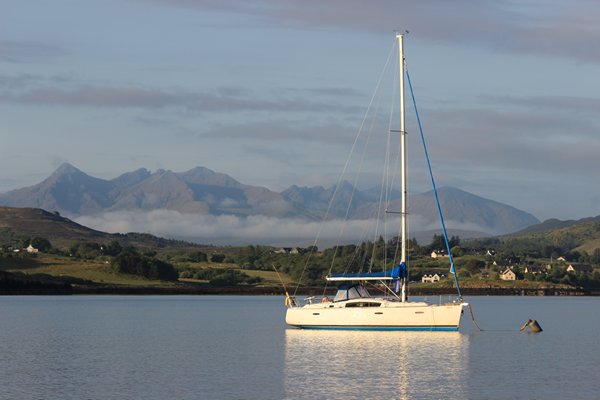
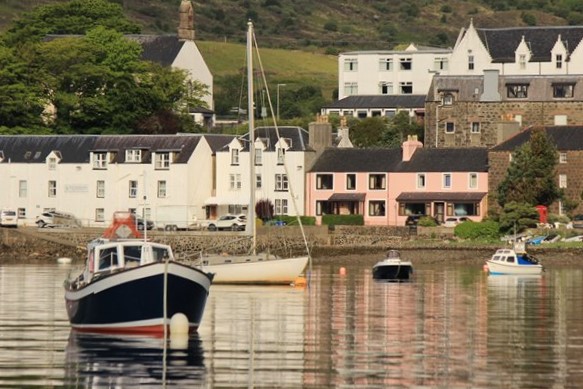
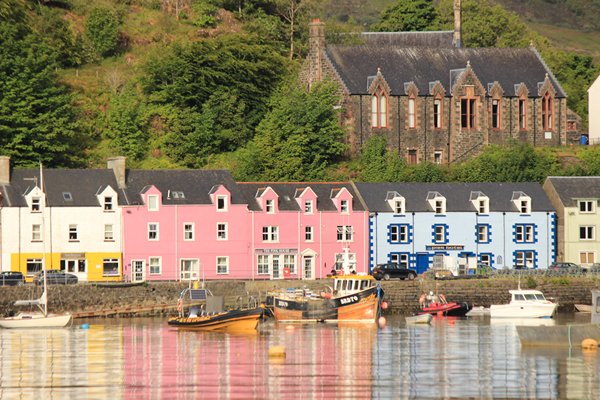
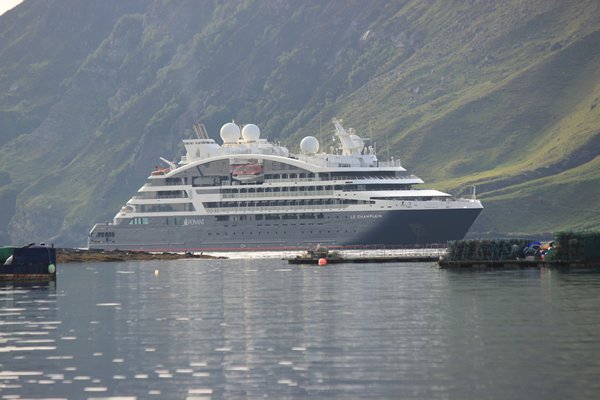
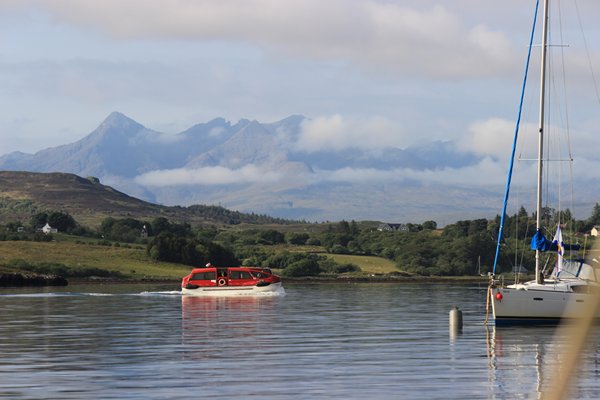
To our south are the ‘Black Mountains’ the Cuillin Range, and beyond Portree to the west the River Snizort flows into its namesake Loch. St Columba set up a little monastery on an island in the estuary there, no bigger than your garage, but of religious significance at the time. I have mentioned before the Trotternish peninsula, The Old Man of Storr, Flodigarry, and Fairy Glen to the north. We will go there again by bus to visit the Museum of Island Life, taking us back to times when the indigenous culture and sense of community ruled society.
Cruise liners are a daily occurrence now, some small, some big, of all ages and home ports. Yesterday’s visitor sucked up all the internet for the day and it was only restored when they left in the evening. I hope they enjoyed their brief stay.
It is still chilly in the mornings, (10ᵒ) today, so I set the porridge going early, which helps heat the saloon until the sun’s rays take over. A boiled kettle gives us washing water. We will make water for four hours (200 or so litres) on our way across to Gairloch on Saturday and we’ll have lovely hot showers when we get there, as the engine will have heated the water in the calorifier. Roll on the day we can get some solar water-heater panels. We have had our, black on one side, water bag lying in the cockpit facing the sun and it certainly warms the water; but the ambient temperature, being still so cool, limits the effectiveness of the sun’s rays.
We have walked both the lower and upper paths around Scorrybreac, the hill to the north or Portree. The views are breath taking, if one dares to take ones eyes off the narrow steep path that in places goes very near to the rocky edge! Salmon farms are everywhere here in Scotland. Ocean going fast swimmers, that keep their bodies healthy and parasite free with their motion through the water, live lives confined within circular cages, fed with antibiotics to kill the inevitable parasite and bacteria infestations that torture them, in the name of Scottish farmed salmon. A sad sight indeed. Not so much the mussel farms, where the creatures are normally sedentary or slow moving anyway, and have shells to protect them.
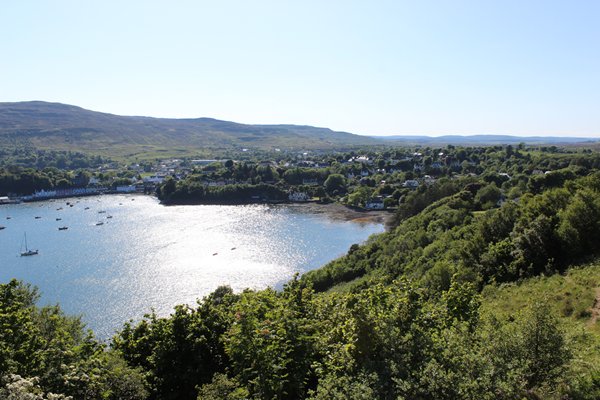
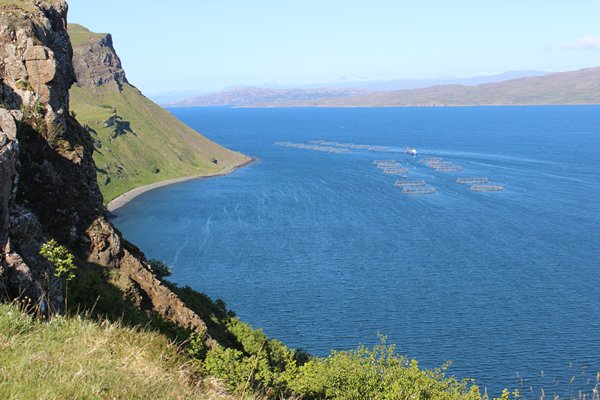
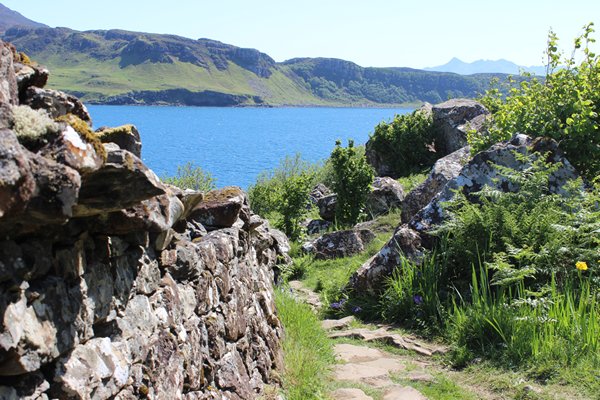
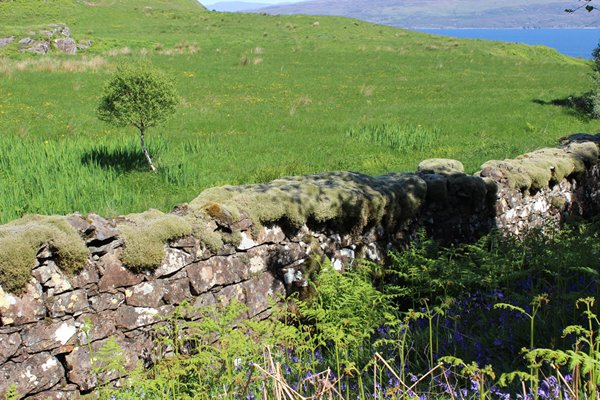
We lost the lightly defined track over the top of Scorrybreac the other day, (home of the Clan Nicolson of Skye, the last Clan chief leaving to settle in Tasmania) and had fun scrambling across heather speckled with tufty white bog cotton and between the newly growing bracken and ferns, where grazing animals leave only poo to define their passing; down through low natural woodland with mossy covered trunks and birds who sounded as if they were laughing at us, and well they might. Rob picked himself up from a stump and eventually we, almost regrettably, regained the well-worn human track back to civilisation.
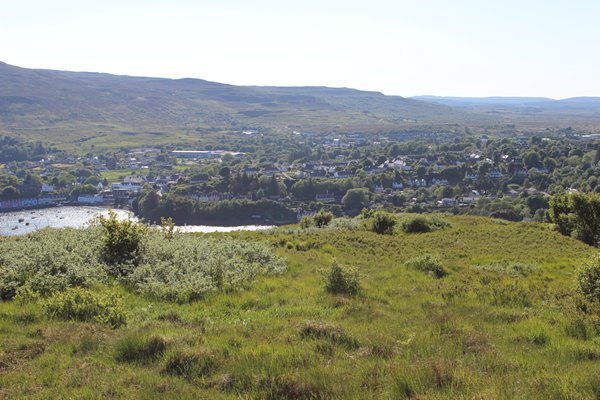
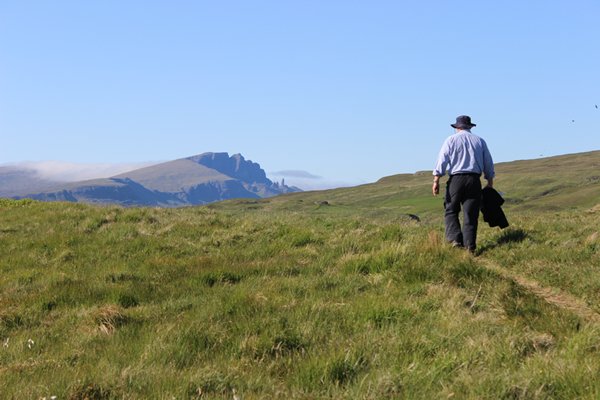
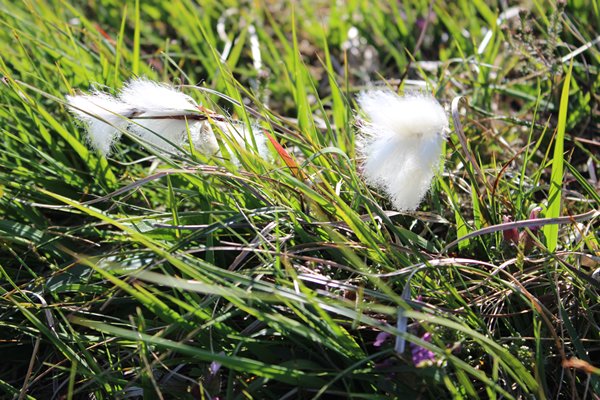
On the other side of Portree waterfront is a spiral walk upward around a hill, affectionally known as ‘The Lump’ up to the Apothecary Watch Tower, apparently used in the past to tell visiting ships of the medical supplies status quo. It was built by the much-loved, blonde-haired Dr Alexander MacLeod and was such a valued legacy that after storms in 1978 damaged it badly, it was reduced to ground level temporarily, so none of its stones could tumble down the hillside and damage the fuel tanks below, and was then rebuilt completely. Can you spot Rob?
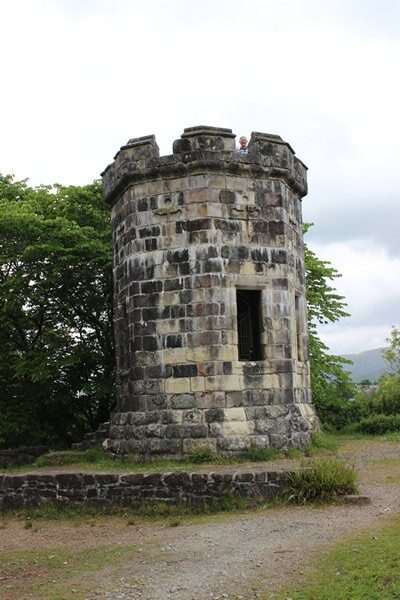
A couple of days ago we took bus Route 56 to Dunvegan Castle, set in an idyllic isolated location at the head of Loch Dunvegan, the last loch before the Little Minch, the Outer Hebrides and the Atlantic. Similar in many ways; age, architectural style, changing to survive, open to friendly visitors, just like Eilean Donan, but different I think in that it has never been attacked or reduced to ruins. The resident MacLeod family have lived there for 800 years and are still there; Hugh Magnus MacLeod of MacLeod being the 30th Clan Chief, and appear to have travelled away to fight their battles, including the one I mentioned in a recent blog in Glen Brittle, also on the islands of Mull and Eigg and in Worcester and India, for the British during the Imperial era, to name a few.
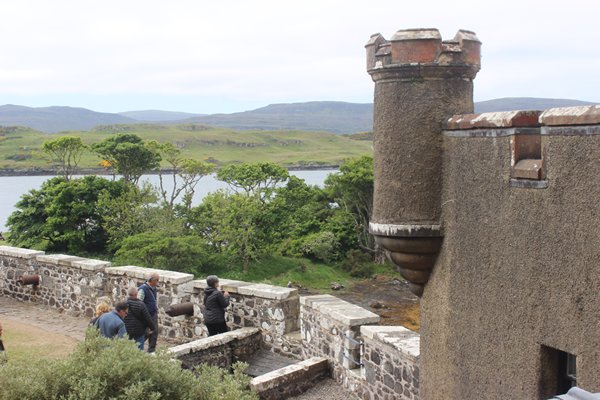
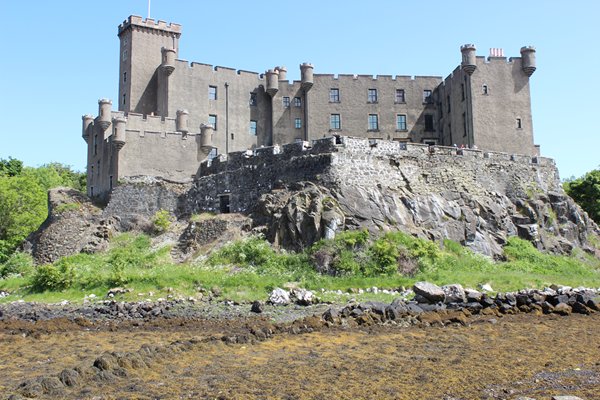
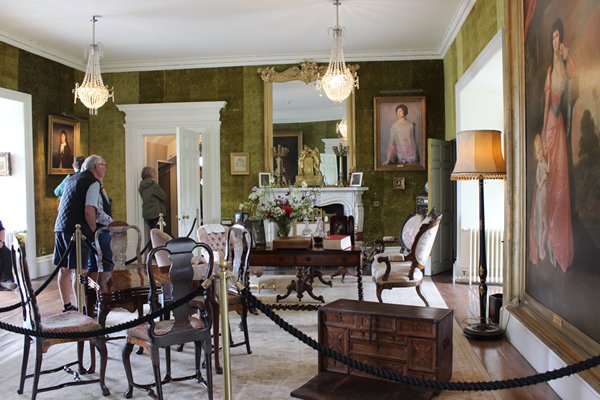
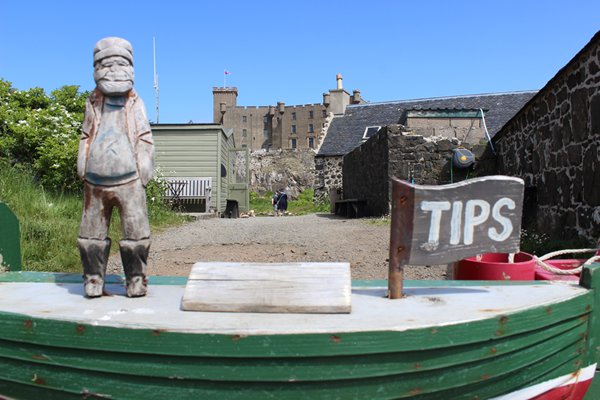
Another difference is the addition since the 18th century of cultivated gardens, a clear indication the castle was meant for domestic self-sufficient use rather than military. The walled garden was my favourite. Warmer than the rest and highly productive, that’s where I would have pottered in a different life.
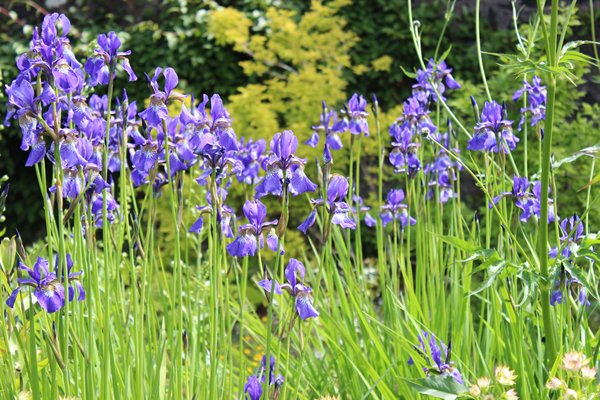
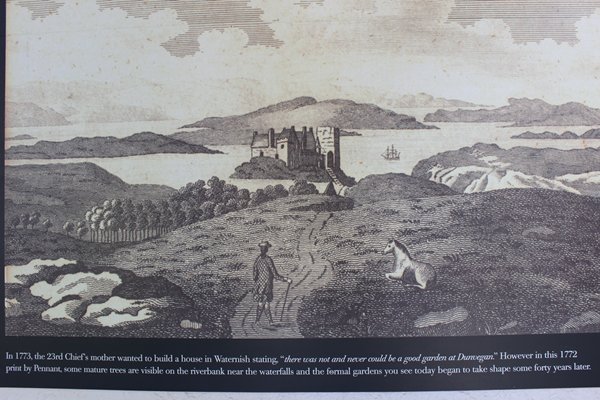
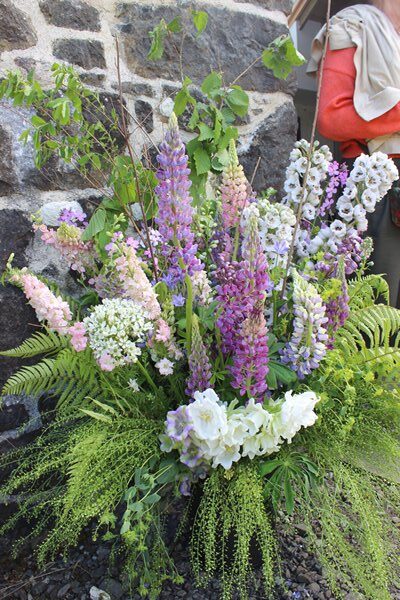
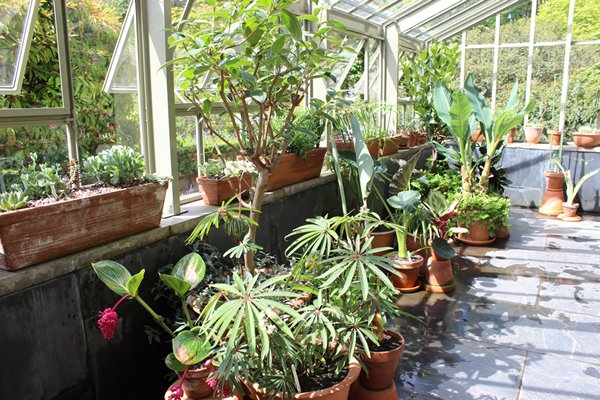
Bonnie Prince Charlie’s Flora MacDonald lived out her last years there as a resident guest while her daughter was governess to the Clan Chief’s children.
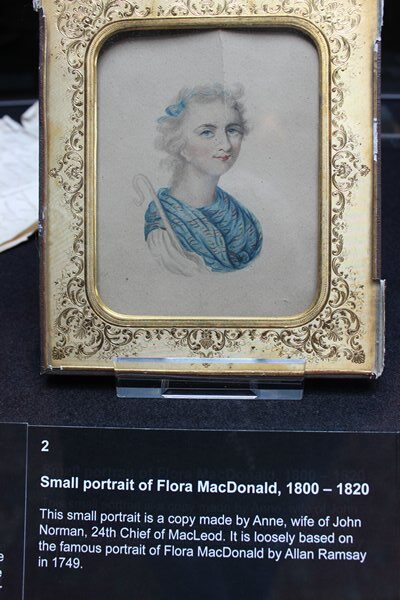
After Flora rowed Bonnie Prince Charlie, dressed as an Irish spinning maid, Betty Burke, back from Benbecula in the Outer Hebrides, they hid in a cottage at Kilmuir before making their way across land to here, Portree where BPC continued to Raasay Island, from where a French ship took him back to France.
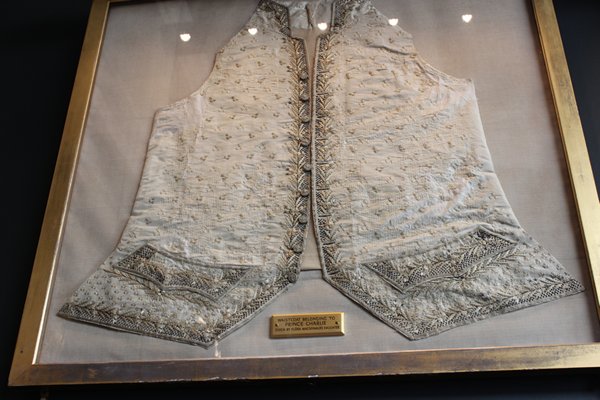
Flora, her husband Allan and their oldest of seven children went to North Carolina at the start of the American Revolution where they were slave owners. Flora had to hide as American rebels destroyed their plantation, after which Flora’s daughter persuaded her to return to Scotland and Dunvegan Castle and her husband, Allan, relinquished from his military duties, followed her.
She was buried at Kilmuir in 1790, shrouded in a sheet that had previously wrapped a sleeping Prince Charlie. She never met her prince again and he died in Rome in 1788.